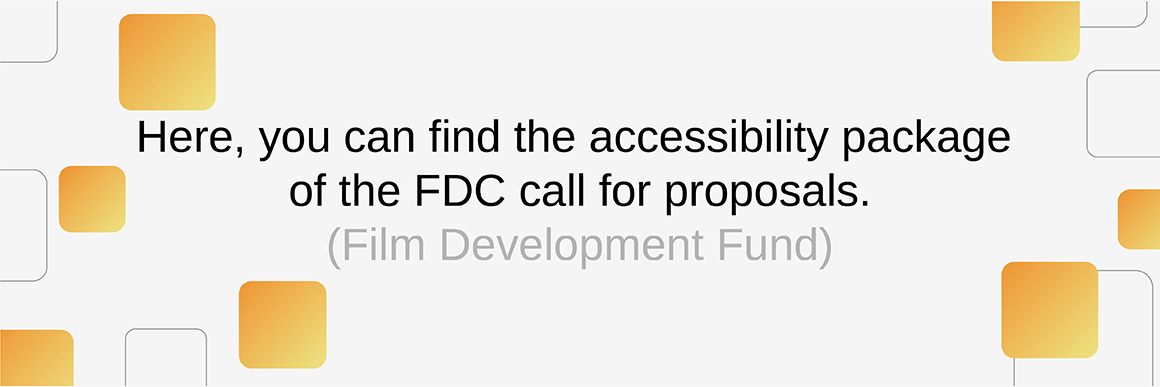Closed caption (CC) is a system that turns the audio of an audiovisual project into text which is later inserted so that it appears on a screen or monitor. Its main purpose is to provide access for people with a hearing impairment to contents broadcasted on television.
Thinking About the End User
Besides being a service that provides access for persons with hearing disabilities, closed caption (CC) is an excellent tool for children during the reading recognition stage, seniors with low hearing and people learning a second language. It also allows accessibility in places such as airports, restaurants, malls and banks, among others.
Modalities
Live Caption:
Our team of experienced stenotypists and transcribers with voice recognition training inserts the texts at the moment of broadcasting live TV shows such as news, talk shows or others in Spanish.
Pre-Recorded Caption:
In shows such as movies or documentaries (both in English or Spanish) that have been previously recorded, a more accurate and synchronized transcript is provided. It allows the viewer to have access to the semantic report of what is said, who says it, how it is said (emphasis, tone of voice, accents and foreign languages, sounds) and what can be heard (music and environmental sounds), as well as discursive elements in the image (letters, texts, posters, etc.)
Styles:
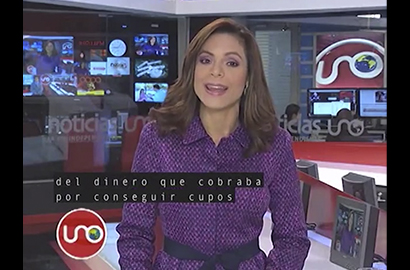
Roll Up
The roll-up style is commonly used in live shows. The text moves upwards (inside a black box) line by line, showing two to three lines at a time. A fixed location is given to the text so that it does not cover graphics, credits or speakers faces on screen.
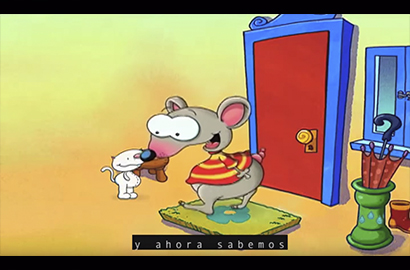
Pop On
The text is displayed on screen through blocks consisting of two or three lines. The text position changes in order to provide a more accurate semantic report. This style allows deaf people to have greater understanding of the content of pre-recorded programs where there are multiple speakers.
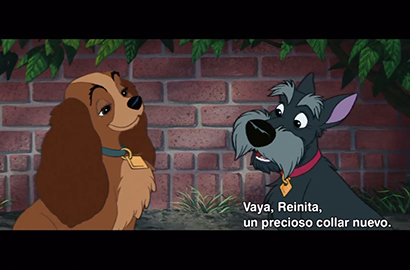
Caption-Style Subtitles
This type of subtitles has closed caption elements that contribute to better understanding a film's plot, such as location of the text according to character position on screen, sound description, specification of voiceovers, lyrics and more.
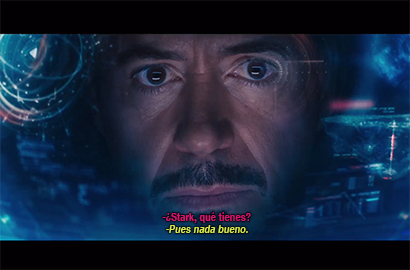
Subtitles in Colors
This is a style adapted from the European standard, which identifies the four main characters of a film by order of prominence or number of interventions. A different color (yellow, green, cyan, or magenta) is assigned to each of them, while white is used for the other characters. Red is used for sounds and music.
In documentaries with a single narrator, yellow is used.
Esta modalidad les facilita a las personas sordas distinguir a los personajes de la película que están hablando en la escena.
This system allows deaf people to identify each character speaking in a scene.
Visit the Frequently Asked Questions section for more information about this service.










